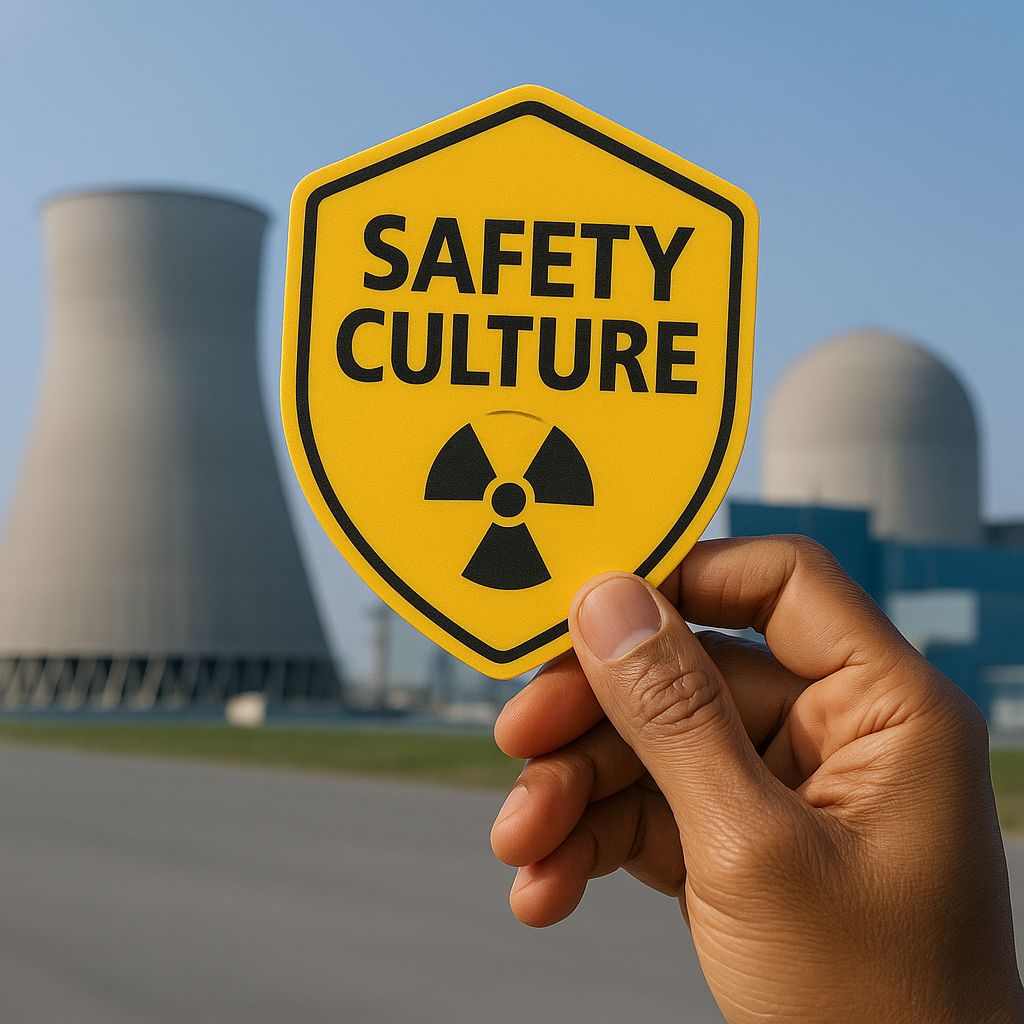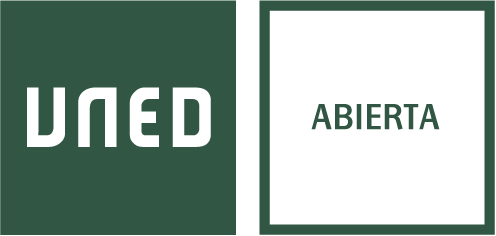Introducing safety culture and its application to the nuclear field (Permanent edition) UNED

This course is conceived as a first contact with the safety culture in all areas to continue, then, deepening in more specific concepts in the nuclear field. In order to establish a good safety culture and nuclear safety culture, aligned leadership is necessary. All these aspects will be worked in a dynamic, different and participative way, in which collaborative learning will be a key aspect. The goal of the MOOC is to ensure that students, industry workers and any person interested, know and transmit the safety culture and its importance.
At the end of the MOOC, the participants will be able to understand and explain the aspects related to human behaviour and its management to achieve a strong safety culture. These general concepts will be focused to the nuclear industry and its differentiating characteristics.
Course background
The first edition of this MOOC was offered as 3 independent NOOCs (nano MOOCs), as part of those offered within ANNETTE project (Advanced Networking for Nuclear Education and Training and Transfer of Expertise), coordinated by ENEN (European Nuclear Education Network), and funded by Euratom, a complementary research and training programme for nuclear research and training within Horizon 2020 European Research Projects.
The following editions have been offered as an in-kind contribution agreed by Tecnatom and UNED for the sustainability of this training initiative. In 2025 The 3 courses have been gathered in 1 MOOC in permanent edition, divided in 3 blocks as explained later in.
Following the video presentation of the initial edition is shown.
MOOC Structure – 25h
This MOOC is divided in 3 main blocks:
- Block I - What is Safety Culture? 10h.
- Block II - Understanding Nuclear Safety Culture. 10h.
- Block III - Developing leadership for safety. 5h.
Each block covers contents that may be studied independently, with self-evaluation and evaluation activities including a final exam. Following the information of each block is presented. Participants are expected to spend 25 hours of work with this course, equivalent to 1 credit ECTS.
The course has an initial and final survey. These surveys are voluntary and anonymous, and we kindly ask you to respond them to contribute to continuously improve the course, and to allow us as well to conduct scientific research on education.
As being a permanent edition, no teaching assistance is foreseen.
Block I - What is safety culture? - 10h
The concept of safety culture is an absolutely necessary issue, when it comes to recognize and manage risks.
There are many definitions for culture. Along this Nano-MOOCs we explain the common and most important features that support a strong safety culture. We enhance the learning experience by showing industry experiences; also, engaging activities are proposed to reach a complete understanding of safety culture.
Learning Outcomes
- Identify the main features of the safety culture.
- Analyse the risks associated with jobs and situations.
- Apply the lessons learned from the case study on safety.
- Know the main models of safety culture.
- Evaluate the importance of organizational culture in safety.
- Observe the evolution of the safety.
Contents
- Introduction.
- Risks management.
- Safety culture concepts.
- Organizational Culture for safety.
- Safety I to Safety II.
We could say that the nuclear industry, together with other high hazard industries such as aeronautical or petrochemical, is the paradigm of safety. In this case, we explore all the specific aspects of the nuclear sector related to safety culture. Based on operational experience and real cases, we explore those aspects that make it different from other industries with high safety requirements.
Learning Outcomes
- List the differentiating characteristics of nuclear energy.
- Describe the type of safety analysis that serves as a basis for safety requirements and their limitations.
- Know the concept of defense in depth.
- Explain how your work affects safety in all levels.
Contents
- Introduction.
- Nuclear Energy differentiating characteristics.
- Basic Philosophy of Nuclear Safety.
- How my work affects safety?
- Evolution of the concept “Defense in Depth"
Block III - Developing leadership for safety – 5h
People should be involved in safety. That could be achieved by promoting a healthy safety environment and helping all the workers to make safety culture as their own; however, they also need to know how to work during emergencies. Leaders play a key role in this process, so it is important to understand what is expected from the leadership under emergencies, and how to work on the different skills to be ready when they are needed.
Learning Outcomes
- Know the main theories of leadership and how they have evolved until today.
- Acquire the skills to maintain effective leadership in emergency situations.
- Apply those leadership skills for the development of teams or partners.
Contents
- Introduction.
- Evolution and types of leadership.
- Leadership for safety.
- Leadership for nuclear safety.
Pre-requisites/participant background
No specific requirements are needed.
Academic Team
- Mercedes Alonso Ramos. Director of the course. Assistant lecturer in Nuclear Engineering. UNED
- Jesús Iglesias Morán. Head of Leadership and Performance Improvement. Westinghouse.
- David Abarca Ahijado. Head of Industrial Safety and Human Factors. Tecnatom-Westinghouse.
Course production
- Javier Sanz Gonzalo. ANNETTE project PI (Principal Investigator). Professor of Nuclear Engineering. UNED.
- Mercedes Alonso Ramos. UNED Responsible for the course production.
- Ángeles Sánchez-Elvira Paniagua. Assessment on the course methodology and member of UNED course production team. Senior lecturer. Digital Educational Technology. Director of UNED UNESCO Chair in Distance Education.
- David Abarca Ahijado. Design of the course contents and video lectures.
- Álvaro Pablo Muñoz Rodrigo. Design of the course contents and video lectures. Nuclear training specialist. Tecnatom.
- Fernando González González. Director of the Tecnatom course production team. Former Head of Safety Management and Leadership. Tecnatom.
- UNED Media. Recording of the video lectures.
- UNED Abierta. Virtualization of the course contents in UNED MOOC platform.
- Laura Puy Rodríguez. English subtitles.
Course certification
When fulfilling the course (the final grade should be above 70%) you may request a university certificate of 1 credit ETCS with a cost of 40€. This course has the recognition of a free configuration credit for UNED University engineering students.
Image authorship
Sánchez-Elvira Paniagua, Á. (2025). Safety Culture. Image generated by artificial intelligence using ChatGPT4 based on original prompt. OpenAI
Course dissemination
We highly thank those advertising this initiative within the nuclear sector, but as well towards professionals from other industries (specially high-risk industries), as well as master students of nuclear and other technical studies, to gather a varied audience to enhance global networking and a collaborative learning experience. This course allows a research study, and its dissemination is crucial to achieve a significant participation from the main target groups.




